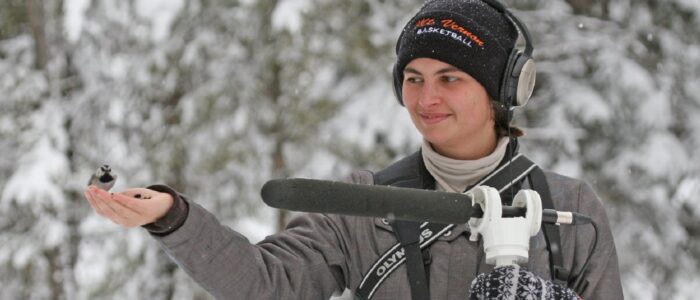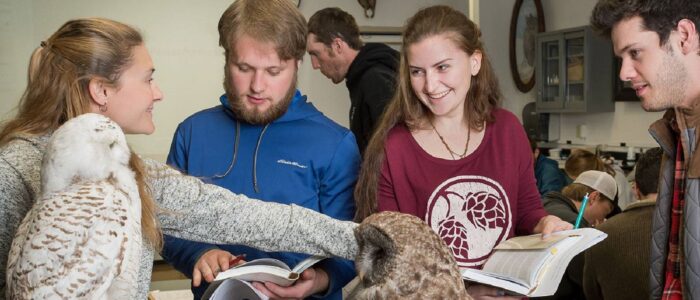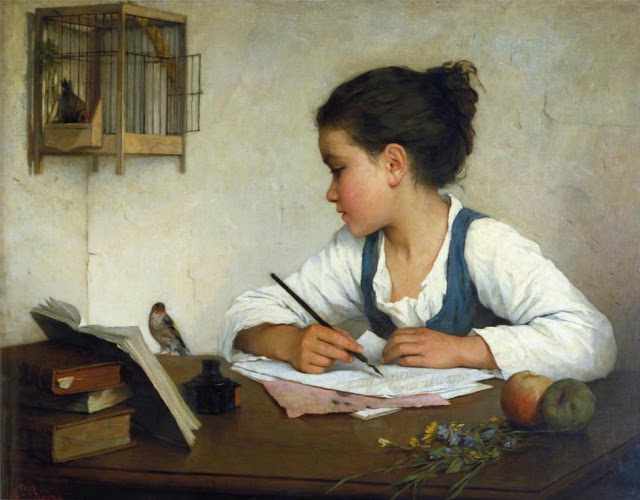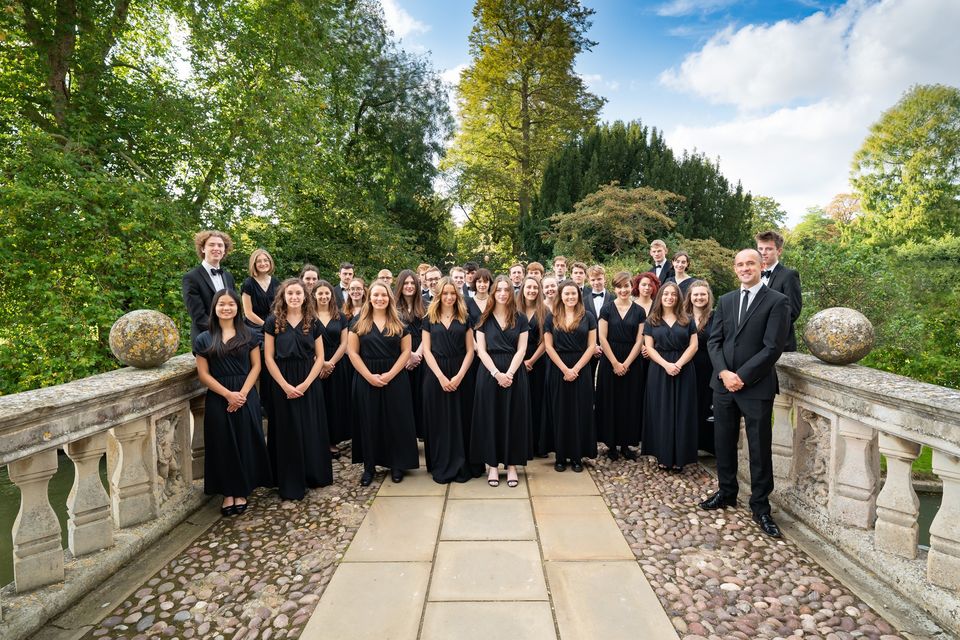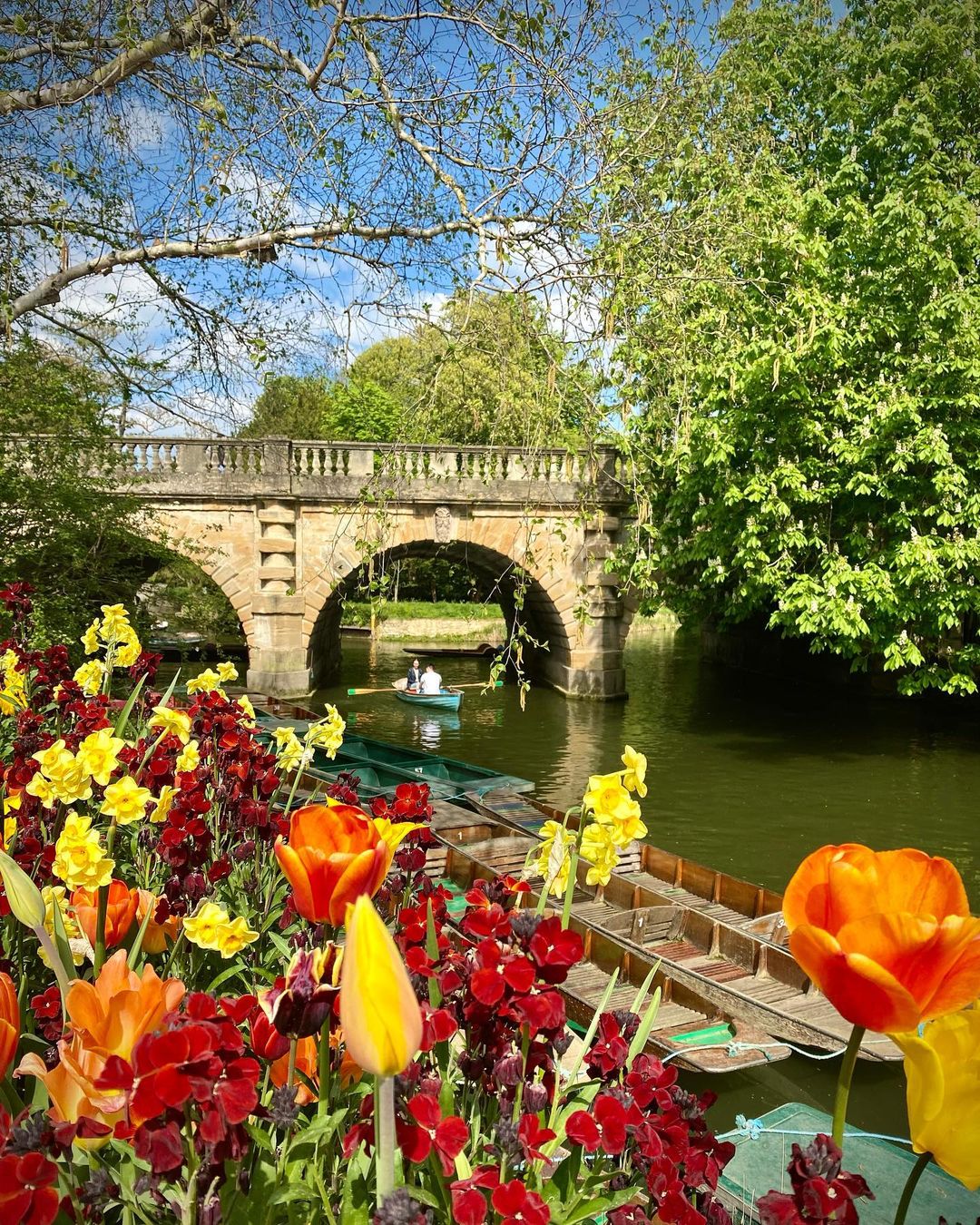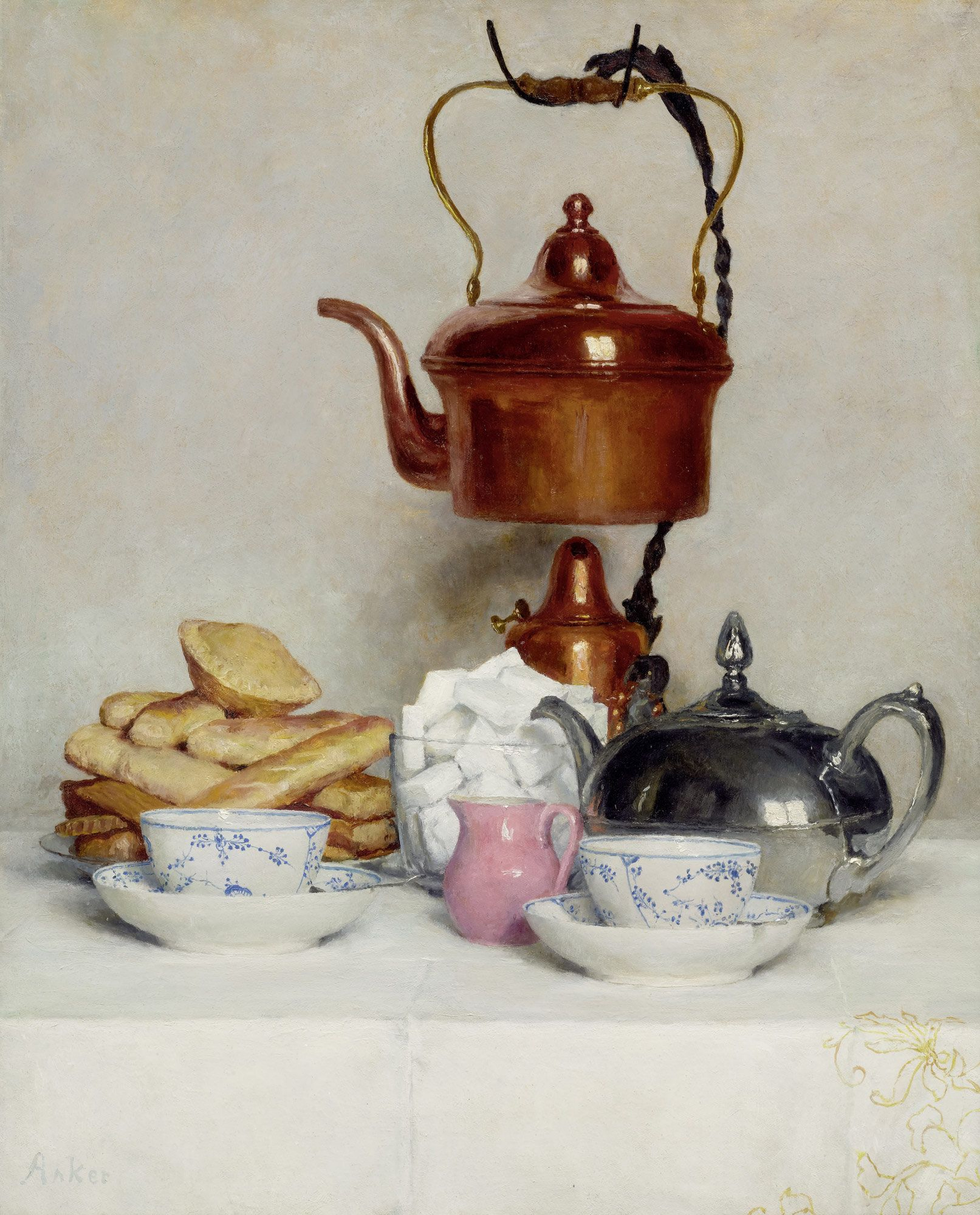Birds are social creatures and many species have complex social networks. Social networks are defined as the patterns of social interactions between individuals within a population. Here are some things that are known about the social networks of birds:
- Flocking behavior: Many bird species form flocks, which are large groups of individuals that fly together and exhibit coordinated behavior. Flocking behavior is thought to help birds reduce the risk of predation, share information about food sources and mating opportunities, and maintain social connections with other birds. §1202 of the International Building Code prohibits building envelope openings that encourage flocking behavior in attics,
- Communication: Birds use a variety of vocal and visual cues to communicate with one another, such as calls, songs, displays, and body language. Communication plays an important role in establishing and maintaining social connections between individuals.
- Social hierarchies: Within bird flocks, there may be social hierarchies, where some individuals have more dominant positions than others. Dominant individuals may have access to better food sources, mating opportunities, and nesting sites.
- Mate choice: Many bird species choose mates based on social signals, such as displays, vocalizations, and courtship behavior. Mate choice can influence the structure of social networks within a population.
- Information sharing: Birds may share information about food sources and predator threats with one another. For example, some bird species engage in “public information use,” where they use the behavior of other individuals as a signal about the quality of a food source or the presence of predators.
- Family bonds: Some bird species form long-lasting family bonds, where parents and offspring remain together for extended periods of time. Family bonds can influence the social structure of bird populations and may contribute to the formation of social networks.
Overall, the social networks of birds are complex and dynamic, and play important roles in many aspects of bird behavior, including mating, foraging, and avoiding predators. Studying bird social networks can provide insights into the evolution of social behavior and the ecological factors that shape animal populations. We examine the risks (and reward) of bird behavior on education community campuses.
Birds present several hazards to overhead electric and telecommunication circuits:
- Electrocution: Birds that perch or nest on power lines or other electrical equipment can come into contact with live electrical wires and be electrocuted if their body presents a path to ground potential.
- Nesting: Birds may build nests on or near power lines or other electrical equipment, which can create a fire hazard if the nest materials come into contact with electrical components. Nests can also cause power outages if they interfere with the electrical flow or if birds build nests in inconvenient locations, such as on transformers or other important components.
- Collisions: Birds may collide with power lines while in flight, which can cause injury or death to the birds and also damage power lines or equipment. In some cases, these collisions can also cause power outages or fires.
- Droppings: Bird droppings can build up on power lines and electrical equipment, which can create a safety hazard if the droppings come into contact with electrical components. Droppings can also cause corrosion or damage to equipment over time.
Accordingly, the 2023 National Electrical Safety Code specifies minimum clearances between power lines and surrounding trees and vegetation to help prevent birds from coming into contact with the lines; requires the use of bird guards or other protective devices on power lines in areas where birds are likely to perch or nest and, where possible; removal of nests from power lines and equipment to prevent fire hazards and equipment damage.
Additionally, the U.S. Fish and Wildlife Service has developed guidelines for the protection of birds and other wildlife from power line hazards. These guidelines provide recommendations for utilities on how to identify and manage potential bird hazards on power lines and equipment. The International Electrotechnical Commission has developed similar standards
Flight is the most complex form of movement in the animal kingdom. Bird research has informed how humans design airplanes. For example:
- Wing design: Bird wings have evolved over millions of years to provide efficient lift and maneuverability. Researchers have studied the shape, size, and structure of bird wings to design airplane wings that are more efficient and fuel-efficient. For example, the shape of the wings of the Albatross inspired the design of the wings of the Boeing 777, which has one of the highest fuel efficiencies of any commercial aircraft.
- Flight control: Researchers have studied how birds control their flight, particularly during takeoff and landing. This research has led to the development of technologies such as wing flaps, slats, and spoilers, which help airplanes achieve better control during takeoff and landing.
- Aerodynamics: The study of bird flight has also helped researchers understand the complex physics of aerodynamics, such as airflow patterns, lift, drag, and turbulence. This understanding has led to the development of more advanced computer simulations and wind tunnel testing, which are used to design airplanes that are more aerodynamically efficient.
- Materials: Birds have lightweight but strong bones and feathers, which have inspired researchers to develop new lightweight materials for use in airplane construction. For example, carbon fiber composites, which are used extensively in modern airplanes, were inspired by the lightweight but strong structure of bird bones.
There are standards and regulations for bird control in various industries and settings. These standards and regulations aim to prevent bird strikes, which can be dangerous for aircraft, and to manage bird populations that can cause damage or spread disease. For example:
- The Federal Aviation Administration in the United States requires airports to have a Wildlife Hazard Management Plan that includes bird control measures. This plan must address the potential for bird strikes and detail strategies for reducing the risk, such as habitat modification, bird scaring techniques, and lethal control methods in extreme cases.
- In the agriculture industry, there are guidelines and regulations for bird control to prevent crop damage and protect public health. The US Environmental Protection Agency regulates the use of bird repellents and bird poisons to ensure that they are used safely and do not harm non-target species or the environment.
- There are also international standards for bird control in certain industries, such as the oil and gas industry, which has guidelines for managing bird populations that could be impacted by oil spills.
Bird control on college and university campuses should prioritize humane and non-lethal methods to manage bird populations and prevent bird-related hazards. Here are some best practices for bird control on college and university campuses:
- Habitat modification: Modify the campus environment to make it less attractive to birds. This may involve removing or trimming trees and vegetation that provide food and shelter for birds, reducing open water sources, and using bird netting or barriers to block access to areas where birds may nest.
- Education: Educate students, faculty, and staff about the importance of bird control and the negative impacts of feeding birds on campus. Encourage the campus community to report bird-related hazards, such as bird nests in building ventilation systems or bird droppings on walkways.
- Non-lethal deterrents: Use non-lethal bird deterrents, such as visual scare devices, noise makers, and bird repellents, to discourage birds from congregating on campus. These methods are often effective in the short term but may need to be rotated or changed periodically to maintain their effectiveness.
- Integrated pest management: Implement an integrated pest management (IPM) plan that includes bird control measures. IPM is a holistic approach that combines multiple strategies to manage pests, including birds, in an environmentally responsible and effective manner.
- Monitoring and evaluation: Monitor the effectiveness of bird control measures on campus and evaluate their impact on bird populations and hazards. Adjust strategies as needed to ensure that they are effective and humane.
Overall, a comprehensive and humane approach to bird control on college and university campuses should prioritize prevention and management of bird hazards while minimizing negative impacts on bird populations and the environment.
Related Research
Design and Improvement of Anti-Bird Devices for Transmission Line Towers
Application and Challenges of an IoT Bird Repeller System As a result of Bird Behavior
A Bird-caused Damage Risk Assessment System for Power Grid Based on Intelligent Data Platform







